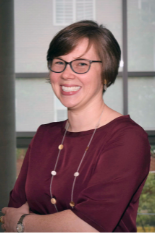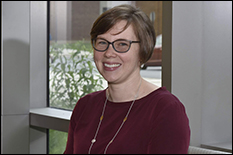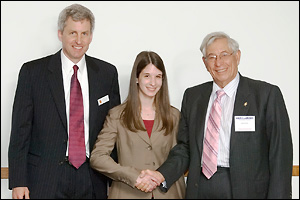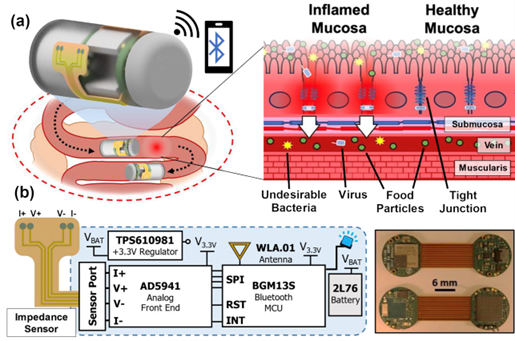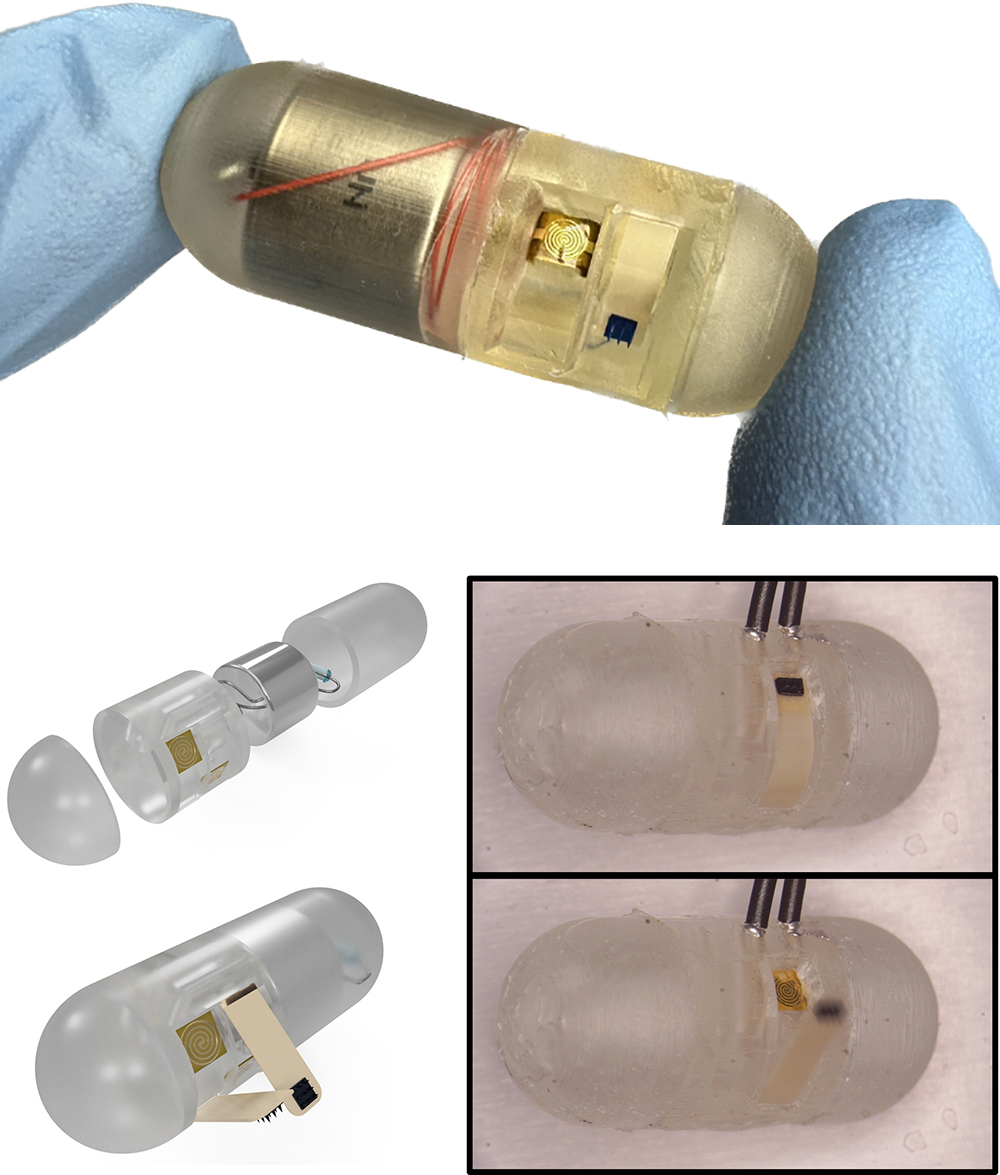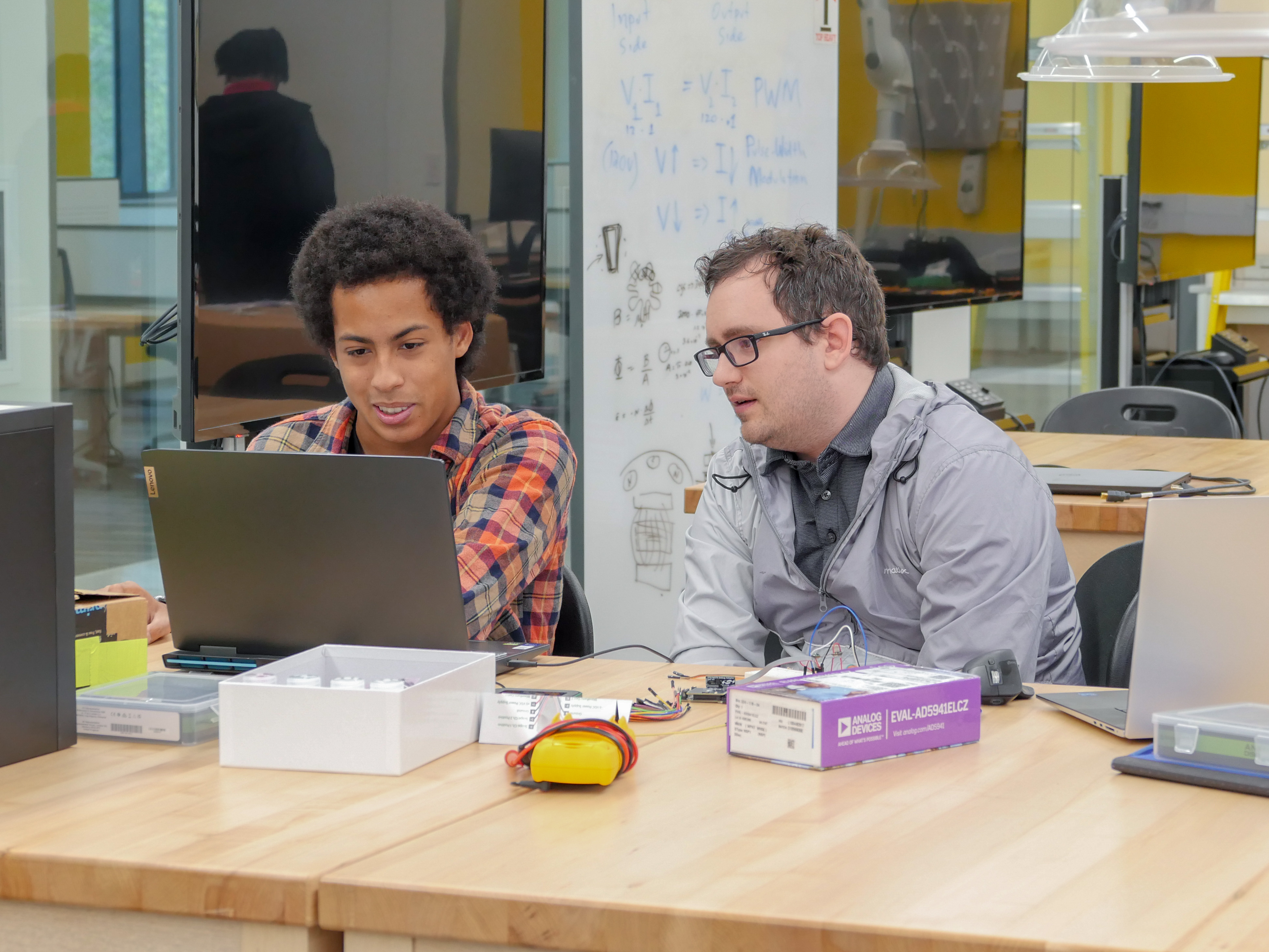News Story
Duncan Earns NSF Career Award to Advance Gene Therapy
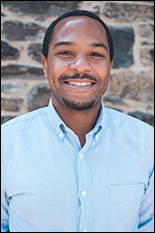
Dr. Gregg Duncan
Fischell Department of Bioengineering (BIOE) Assistant Professor Gregg Duncan was named the recipient of the prestigious National Science Foundation’s (NSF) Faculty Early Career Development (CAREER) award. The five-year, $600,000 award will support Duncan’s efforts to advance understanding of how adeno-associated virus (AAV) could be harnessed for gene therapy applications to treat diseases ranging from cancers to arthritis to hemophilia.
According to the U.S. Food and Drug Administration (FDA), gene therapy involves modifying a person’s genes to treat or cure disease – such as by replacing a disease-causing gene with a healthy copy of a gene, or by inactivating a disease-causing gene. Scientists have long tapped viruses for gene therapy applications because they possess the natural ability to efficiently deliver genetic cargo to target tissues in the body – such as the brain, liver, or heart.
AAV has emerged as a leading therapeutic gene delivery system – in large part because the virus is not known to cause disease in humans. In fact, AAV is the first virus to be granted FDA approval for clinical use.
Recognizing this, Duncan and his team are working to advance understanding of how AAV impacts the body, in order to ensure that it is a safe and effective modality for gene therapy applications.
“AAV is an incredibly versatile gene vector with the ability to achieve sustained therapeutic levels of gene expression in many tissues – from months to years,” Duncan said. “While it has certainly met its challenges in clinical development, it is the first to be successfully applied as an effective cure for a rare inherited form of retinal dystrophy, a condition that can lead to blindness.” Created by Spark Therapeutics and licensed by Novartis, the therapy – known as Luxturna™ – received FDA approval in 2017.
Prior work has shown that when AAV interacts with certain components of the bloodstream and tissues, these components can serve as barriers to the virus, deactivating or limiting the virus’s ability to penetrate the target organs. As such, Duncan and his team are working to develop the tools necessary to comprehensively assess these biological barriers to AAV gene therapy in order to optimize AAV’s performance and maximize therapeutic benefits for a wide range of diseases.
AAV presents another challenge. In order to drive AAV to deliver genetic cargo to specific organs or tissues, bioengineers rely on target receptors – proteins on the cell surface that can receive or transmit a chemical message. When it comes to target cells and receptors, like attracts like – if the aim is to target AAV to specific cells, it can only do so if those cells have the right receptor.
Unfortunately, many AAV variations rely on a target receptor that happens to be present in high levels in the extracellular matrix (ECM), the network of proteins and other non-cellular components that surrounds cells and provides structural support. This could cause AAV to bind to the ECM instead of the intended site of disease within the body.
“While these vectors are extremely effective, there are aspects to how the vector is cleared from the bloodstream and its biodistribution which are unresolved,” Duncan said. “Understanding how AAV is cleared from the body can help us increase the bioavailability of AAV, reduce dose requirements, and avoid unwanted side effects.”
In addition to his work in the lab, Duncan’s NSF CAREER award will help support his efforts to promote research exposure and awareness of career opportunities for underrepresented minority students. To do this, Duncan plans to develop a summer research immersion and educational lab activity development program for science teachers in Baltimore CIty.
“My early exposure to research in the classroom as a high schooler was integral to my interest in a scientific career,” Duncan said. “The goal of our program is to equip teachers in Baltimore City with the experience and skills necessary to engage their students using hands-on activities to spark their interests in future careers as scientists and engineers.”
Published May 21, 2021
